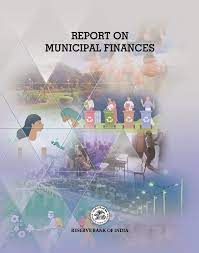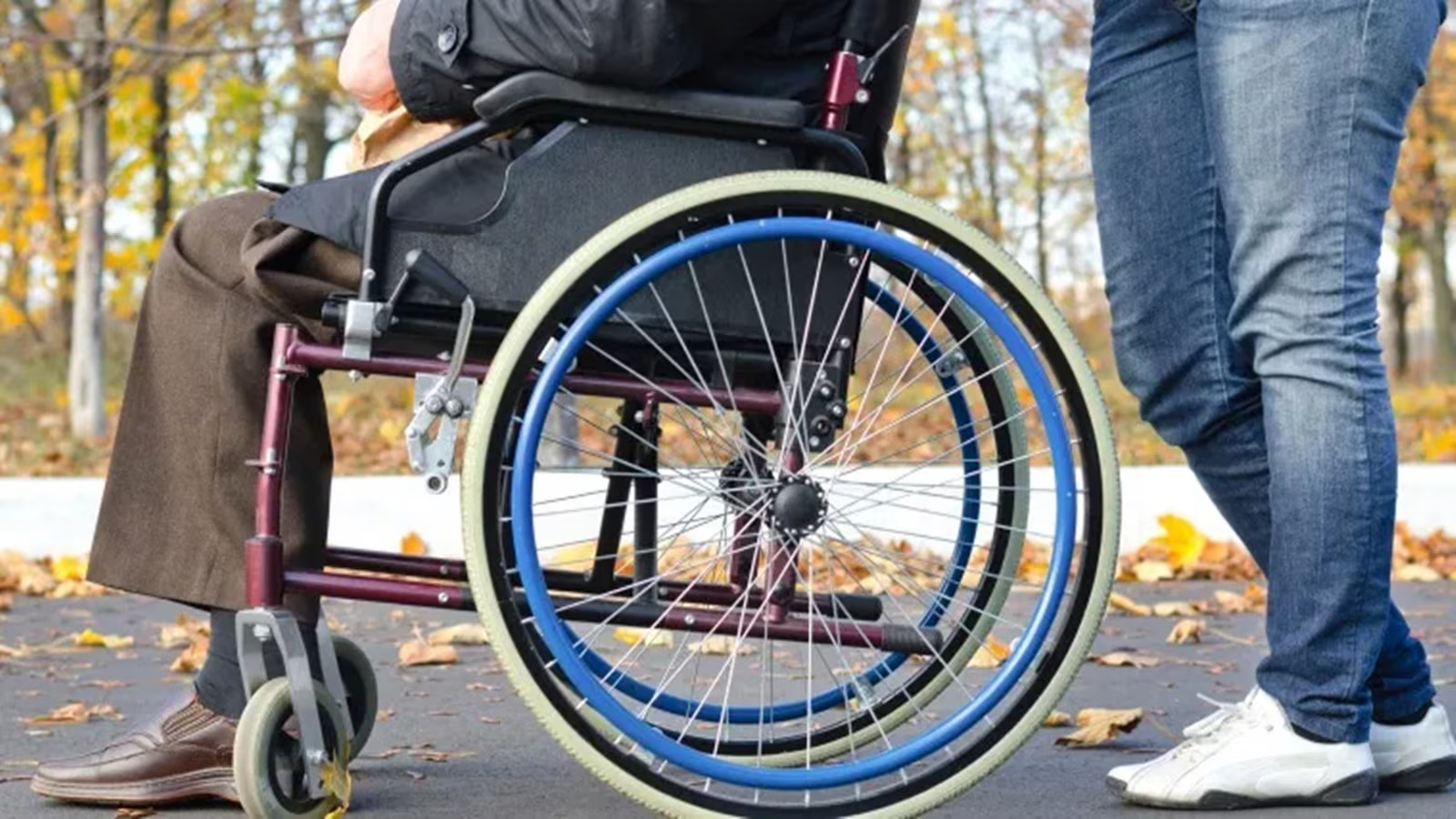- Courses
- GS Full Course 1 Year
- GS Full Course 2 Year
- GS Full Course 3 Year
- GS Full Course Till Selection
- Online Program
- GS Recorded Course
- NCERT (Recorded 500+ Hours)
- Polity Recorded Course
- Geography Recorded Course
- Economy Recorded Course
- AMAC Recorded Course
- Modern India, Post Independence & World History
- Environment Recoded Course
- Governance Recoded Course
- Science & Tech. Recoded Course
- International Relations and Internal Security Recorded Course
- Disaster Management Module Course
- Ethics Recoded Course
- Essay Recoded Course
- Current Affairs Recoded Course
- CSAT
- 5 LAYERED ARJUNA Mentorship
- Public Administration Optional
- ABOUT US
- OUR TOPPERS
- TEST SERIES
- FREE STUDY MATERIAL
- VIDEOS
- CONTACT US
RBI’s Report on Municipal Finances
RBI’s Report on Municipal Finances

RBI’s Report on Municipal Finances
Why in News?
Recently, the study titled “Report on Municipal Finances” was published by the RBI.
Highlights of the Report are:
1. Budgetary allocations & fund transfers:
A) The combined budget of all the municipal corporations in India is much smaller than that of the Central and State governments.
B) The report reveals how municipal bodies are increasingly dependent on fund transfers from the State and the Centre, while their revenue earning capacity is limited.
2. Revenue raising of municipal corporations:
A) As per the study, their revenue raising powers are very less.
B) The municipal corporations don’t borrow much, leaving them deficit in funds.
C) The share of own revenue (both tax and non-tax) in the total revenue of urban local bodies in India has declined, while that of government transfers has increased.
3. Spendings: About 70% of their funds gets spent on salaries, pensions and administrative expenses with the rest left for capital expenditure.
4. Tax earnings of municipal corporations:
A) Taxes earned by municipal corporations in India are grossly inadequate to meet their expenditure needs.
B) In India, the own tax revenue of municipal corporations, comprising property tax, water tax, toll tax and other local taxes, formed 31-34% of the total revenue in the FY21-FY21 period.
C) This share is very low compared to many other countries and it also declined over time.
5. State-wise variations:
A) Large variations can be observed if the municipal corporations’ own tax revenue is observed State-wise.
B) The own tax revenue of municipal corporations as a share of the State’s GDP in 2017-18 crossed the 1% mark in Delhi, Gujarat, Chandigarh, Maharashtra and Chhattisgarh, while it was 0.1% or less in Karnataka, Goa, Assam and Sikkim.
6. Dependence on property taxes:
A) Another major issue with the municipal corporations’ revenue raising capabilities was their dependence on property taxes.
B) In 2021-22, the property taxes formed over 40% of the municipal corporations’ own tax revenue.
C) Despite such dominance, property tax collection in India was much lower compared to many other countries due to undervaluation, and poor administration.
About Urban local bodies (ULBs) in India
1. The 74th Constitution Amendment Act was passed in 1992 mandating the setting up and devolution of powers to urban local bodies (ULBs) as the lowest unit of governance in cities and towns.
2. There are several types of Urban Local bodies in India such as Municipal Corporation, Municipality, Notified Area Committee, Town Area Committee, Special Purpose Agency, Township, Port Trust, Cantonment Board etc.
3. These local bodies are entrusted with functions related to welfare, public health and safety, infrastructural works, and other activities related to city development.
About Fiscal Empowerment of ULBs
1. Many Constitutional provisions were made for ULBs’ fiscal empowerment.
2. The ULBs’ key revenue sources are taxes, fees, fines and charges, and transfers from Central and State governments, which are known as inter-governmental transfers (IGTs).
3. The share of own revenue (including revenue from taxes on property and advertisements, and non-tax revenue from user charges and fees from building permissions and trade licensing) to the total revenue is an important indicator of ULBs’ fiscal health and autonomy.
So, What are the Challenges faced by ULBs?
1. Growing fiscal deficits, constraints in tax base expansion, and weakening of institutional mechanisms are one of the biggest challenges for ULBs.
2. Revenue losses after the implementation of the Goods and Services Tax (GST) and the pandemic have worsen the situation.
3. The transfer of duties from the national and subnational governments to local governments has not always been accompanied by a transfer of financial authority. The generated funds are mostly spent on revenue expenditure, leaving a much smaller pie for capacity building.
4. Over-reliance on property taxes has prevented local governments from fully utilising other revenue streams such as trade permits, entertainment taxes, mobile tower taxes, solid waste user fees, water fees etc. Property taxes are also not efficiently collected.
5. ULBs across the country lack autonomy in city management.
6. Municipal administration in India suffers from staffing issues which leads to a failure in delivering basic urban services.
7. Other concerns include:
A) Overstaffing of untrained manpower,
B) Shortage of qualified technical staff and managerial supervisors, and
C) Unwillingness to innovate in methods for service delivery.
Conclusion and Way Forward
1. The scale of municipal finances in India is undoubtedly inadequate.
2. In the Sustainable Development Goal (SDG) 11: Sustainable Cities and Communities, an effective city government is essential for sustainable development.
3. Properly collecting Property tax, other land-based resources and user charges are all ways to improve the revenue of a ULB.
4. Inter-governmental transfers (IGTs) assume significance in the fiscal composition of ULBs, and a stable support from Central and State governments is crucial till ULBs improve their own revenues.
5. Measures need to be made to also cover operations and maintenance expenses of a ULB for better infrastructure and service.
Must Check: Best IAS Coaching Institute In Delhi



